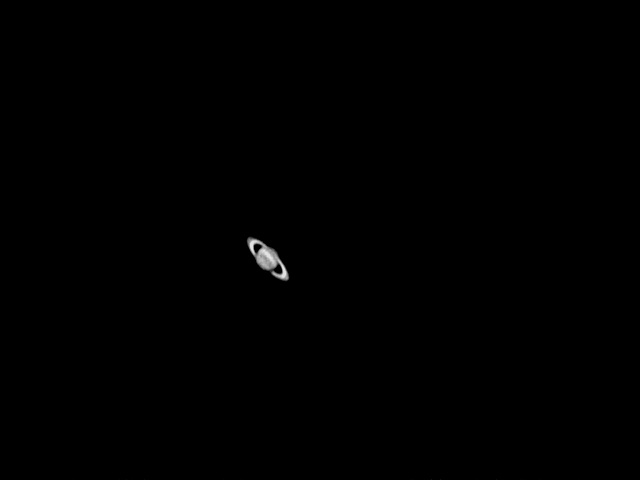This article comes to us from Grant Regen, a new guest blogger for Celestron. Grant is a 14-year-old amateur astronomer who is just getting started with astroimaging. In his series, "Learning Skyris," Grant will explain his process and provide tips and tricks for those new to imaging. We look forward to reading more from him!
Grant recently visited Celestron HQ for a behind-the-scenes tour and hands-on demo with his new Skyris camera. The first article in his series is a recap of his visit and his first impressions of Skyris and the NexStar 8SE.
As soon as I walked into Celestron's headquarters, I noticed one of the classic orange tube telescopes–one that made Celestron famous back in the 1970's. Next to it stood a newer model NexStar SE series telescope. As I gazed at the two, I was greeted by multiple Celestron staff including Kevin Kawai, Andrea Tabor, Bryan Cogdell, Lauren Stracner, and Paris Martin. Kevin told me about the classic orange tube telescope that I had seen earlier. That Schmidt-Cassegrain was the first of the renowned orange tube telescopes. Today, I was taking a tour of Celestron’s headquarters and getting a hands-on demo of the Celestron NexStar 8SE.
The first room we saw was the Marketing Department where most of the marketing group’s offices are held. The walls here are all orange, the company’s traditional color. After the Marketing Department, we traveled to the lower floor where all of the EdgeHD and other high end telescopes are made.

First, we visited the technician’s area where all of the telescope are repaired, collimated, and boxed. There, I met Hector and Eddie who showed me around the room. At the time, there were dozens of 11 inch EdgeHD telescopes on racks ready to be boxed and shipped. Down the hall were where the mirrors of the telescope are figured, and the corrector plates are specially tuned so they work with the mirrors of the telescope. The primary mirror, secondary mirror, and corrector plate all act as a set from the moment they are matched. Next, we entered a smaller room, where all the coating is done. Exceptional Star Bright XLT coatings are put on all the mirrors and corrector plates to enhance both imaging and visual use. The two coating machines are named David and Goliath. (I guess you can tell which is larger.) The coating process takes about three hours for each set of optics. After being coated, the telescope is assembled into the tube and collimated. Then, it is sent to a room where someone takes pictures of artificial stars with the telescope, showing that the optics are in the finest condition and that the collimation is correct. If there was a question regarding the optics of a telescope, Celestron can pull up these photos to find a solution to the problem.
Leaving the lower floor, we went outside to see Celestron’s new observatory. Before Celestron had this, they setup their telescopes on a mount outside. Now, that aged mount is rusty and ragged, but still stands as a monument to Celestron’s past. We stepped inside to see a type of dual-observatory. One side of the observatory had a classic slit-style dome, and the other had a full opening roof that slid off to show almost the whole sky. We set up the NexStar 8SE telescope and took our first view through it. We began by looking at the Sun with a white light filter. There was one large sunspot in the middle of the Sun, which showed immense detail. Next, we took a look at Venus which was in a gibbous phase. Now, it was time to test out my Skyris camera for the first time. We looked around the horizon for a detailed object, and one of the Celestron staff pointed out that a nearby oil refinery tower had small stairs at the top. Once Skyris was set up, we took a picture of the tower, and that concluded a perfect day at Celestron.
All of the pictures in my “Learning Skyris” blog serieswill be taken with a NexStar 8SE telescope and a monochrome Skyris 618M camera. In this blog, I will take you on a step-by-step journey learning Skyris.
 Grant's first image of Saturn taken with his Skyris 618M and NexStar 8SE.
Grant's first image of Saturn taken with his Skyris 618M and NexStar 8SE.
Clear Skies,
Grant Regen
